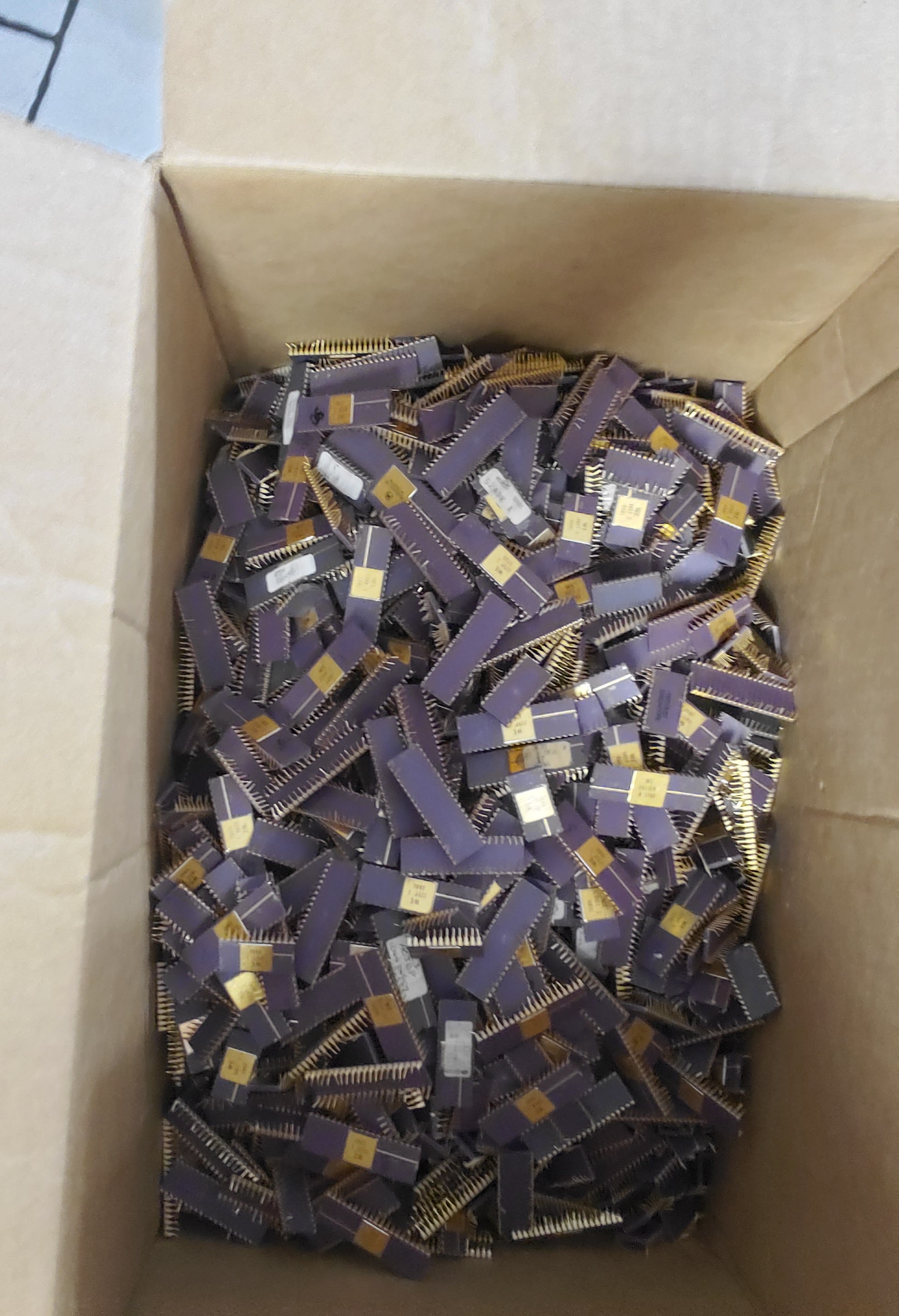Ah yes, "Pressed Ceramic Package" description fits exactly what I experienced. The "filler" acted almost as hard as glass, and every lead from the leadframe was embedded in this thick filler layer.Found this little gem of an app note on different package types from TI
www.ti.com/lit/an/snoa280/snoa280.pdf?ts=1692120964222&ref_url=https%253A%252F%252Fwww.google.com%252F
Aluminum has a much higher electrical resistance than gold, it's MUCH more chemically reactive and not resistant to oxidation, and it has a rather low melting point.
For chips which will likely get hot, it's no good for bond wires. Copper has similar properties to gold, therefore they're much more interchangeable.
I didn't think about the thermal aspect. I reckon a bond, already potentially weaker due to aluminum oxide maybe interferring with a physical bonding, would also be less resiliant to the effects of thermal expansion mismatches.



















































































